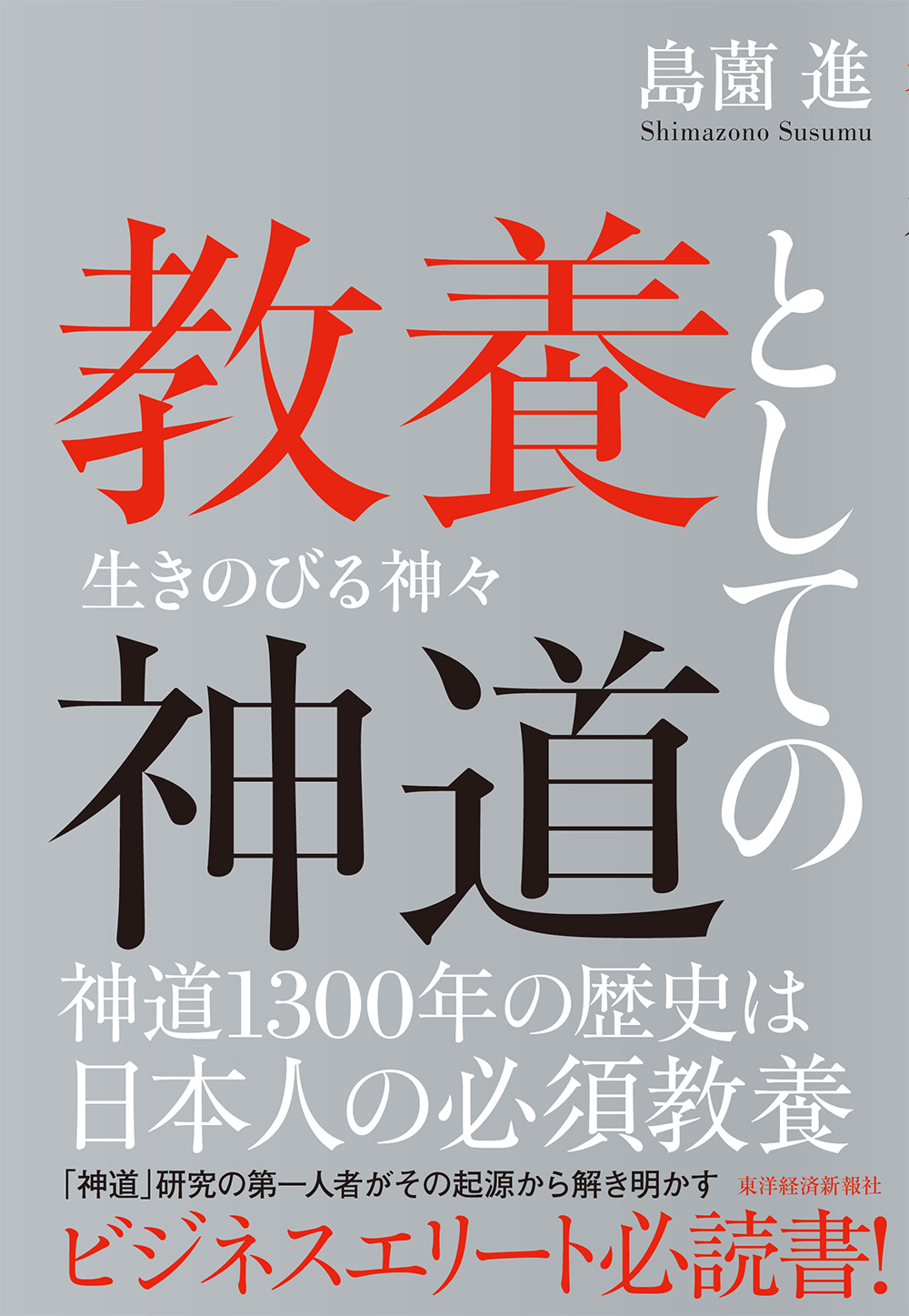Shinto for the Cultured
The Surviving Gods
Shinto became a spiritual device for mobilizing the entire nation during the modernization of Japan after the Meiji era. In recent years, it is said that Japan has been accelerating its rightward shift, and some forces have emerged to reclaim Shinto as a national device.
So what exactly is Shinto? Shinto has been associated with the Emperor since ancient times. From its origins in ancient times, Shinto has been associated with "religiosity" and "the state." And cannot be discussed without considering the presence of the Emperor at its center.
However, Shinto and other Japanese religions have had a long history of syncretism of Shinto and Buddhism since their birth, and Shinto has expanded into something indigenous and animistic. In addition, from the medieval period, when the belief in Shinto gods prevailed, to the early modern period, there was a noticeable tendency for Shinto to become self-reliant.
In the Meiji Restoration period, Shinto finally changed its form significantly. The sacred Emperor's veneration system was embedded in society, and the country headed toward war.
This book discusses in detail how Shinto was involved in forming the spiritual culture of modern Japanese society, a theme that continues to the present day. At the same time, a leading Shinto scholar and authority on religious studies revealed that Shinto, since the Meiji period, which was directly linked to the "state," was an atypical form of Shinto.
Click here for inquiries regarding book rights
Overview
Table of Contents
Chapter 1: Consideration of the Origins of Shinto
Chapter 2: Before and After the Separation of Shinto and Buddhism
Chapter 3: Ise Jingu Shrine and Hachiman Shrine
Part 2 How Shinto Has Survived
Chapter 4: The Amatsukami Gods and the Kunitsukami Gods
Chapter 5: The Spread of the Syncretism of Shinto and Buddhism
Chapter 6: The Transition from the Middle Ages to the Early Modern Period
Part 3: The Rise of Shinto from the Early Modern Period to the Modern Period
Chapter 7: The Rise of Shinto in the Edo Period
Chapter 8: Shinto in the Era of State Shinto
Chapter 9: Shinto Groups in Modern Times
Author Profile
He was born in Tokyo in 1948 and graduated from the Department of Religion and Religious Studies, Faculty of Letters, the University of Tokyo. He received his doctorate from the Graduate School of Humanities at the same university. His main areas of research are the history of modern Japanese religions, theories of religion, and life and death studies.
His publications include "Famous Books of Religious Studies 30" and "Questioning New Religions" (both in Chikuma Shinsho), "State Shinto and the Japanese" (Iwanami Shinsho), "The Sacred Emperor's Way" (Chikuma Shobo), and " Postwar Japan and State Shinto" (Iwanami Shoten).

